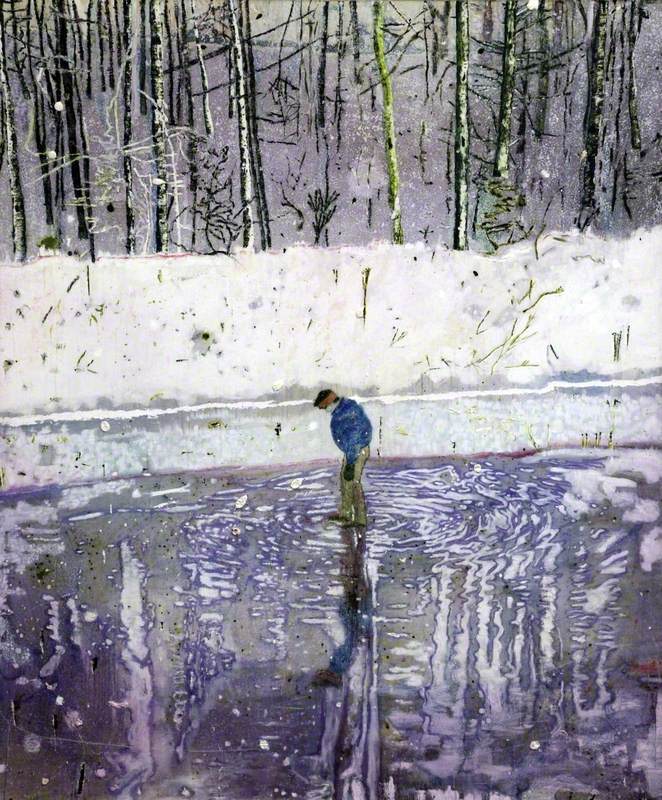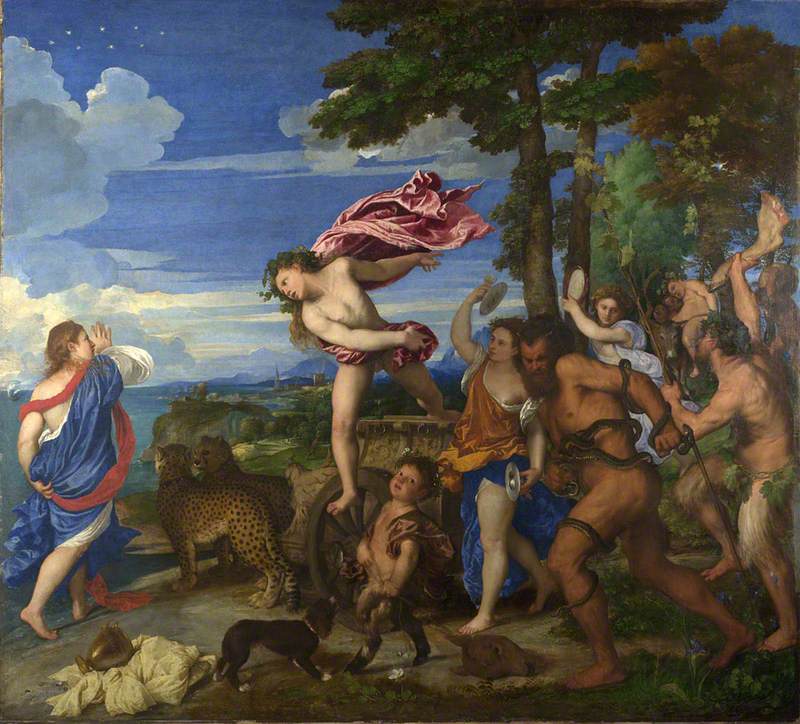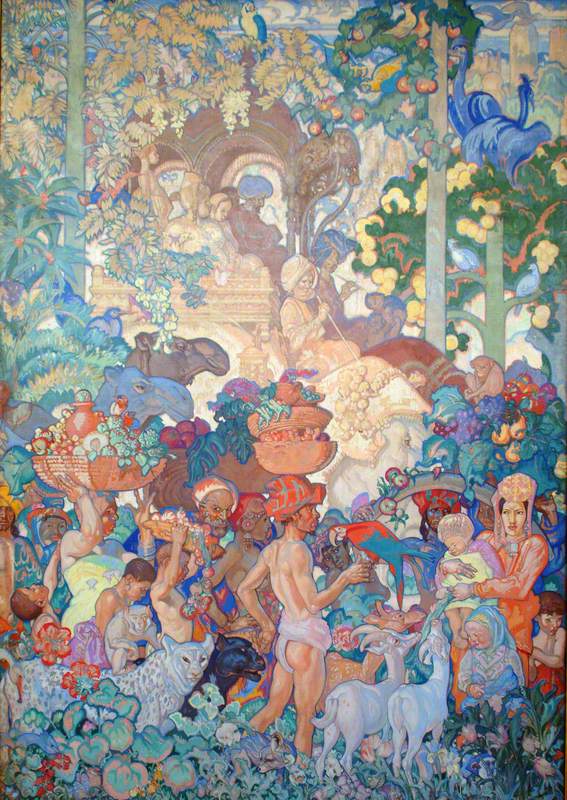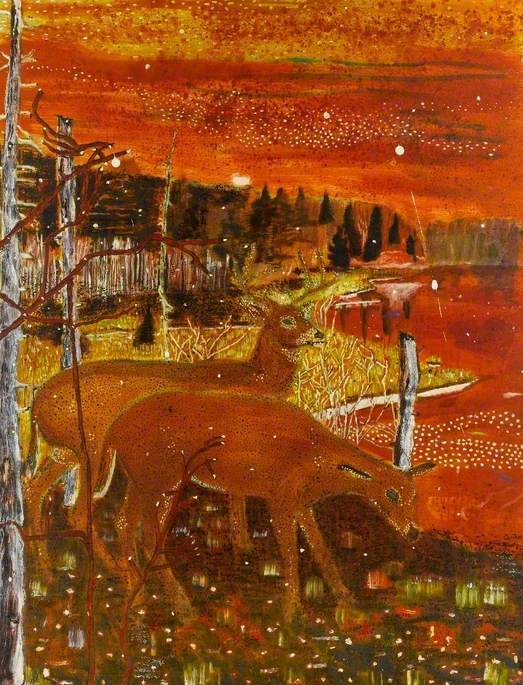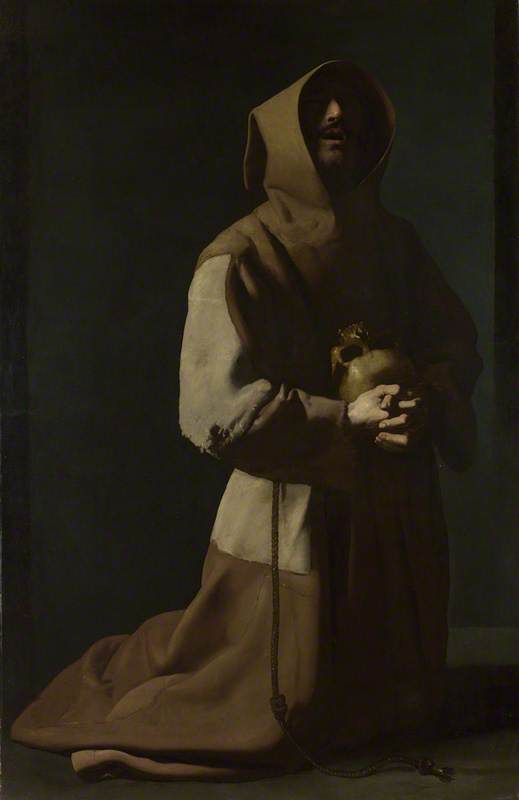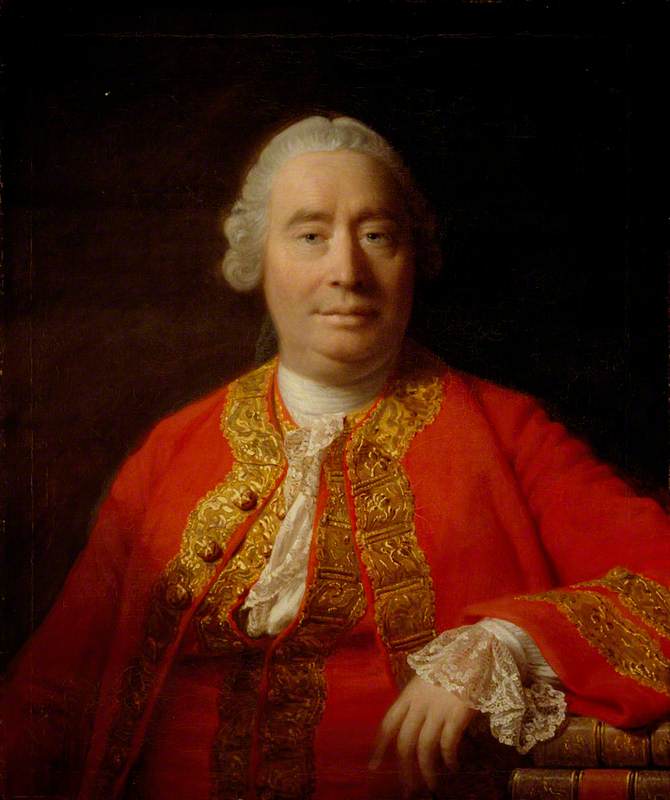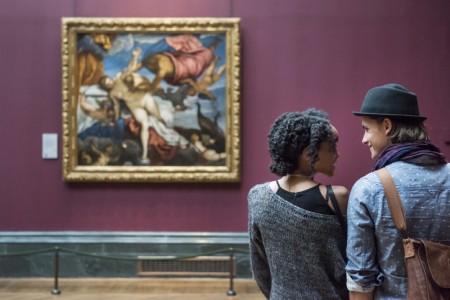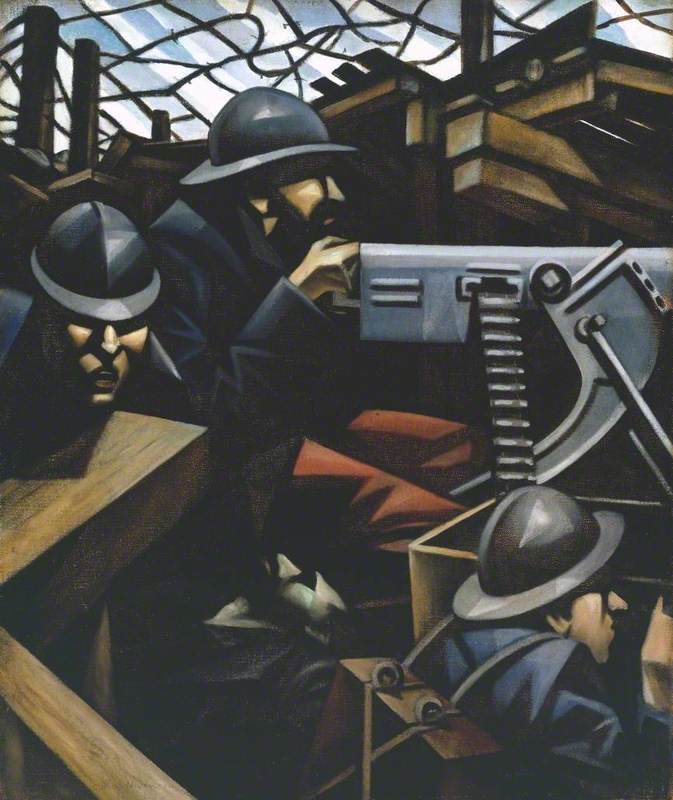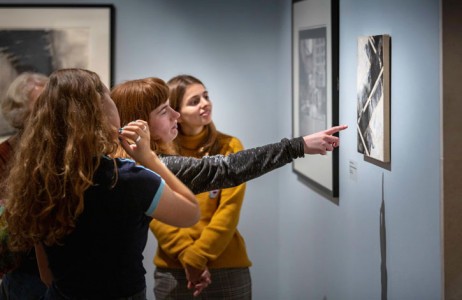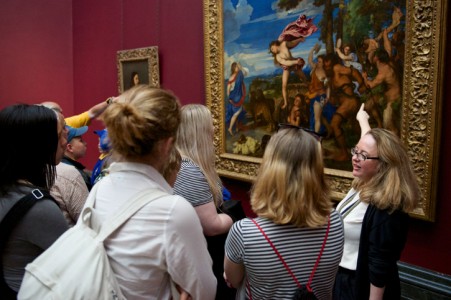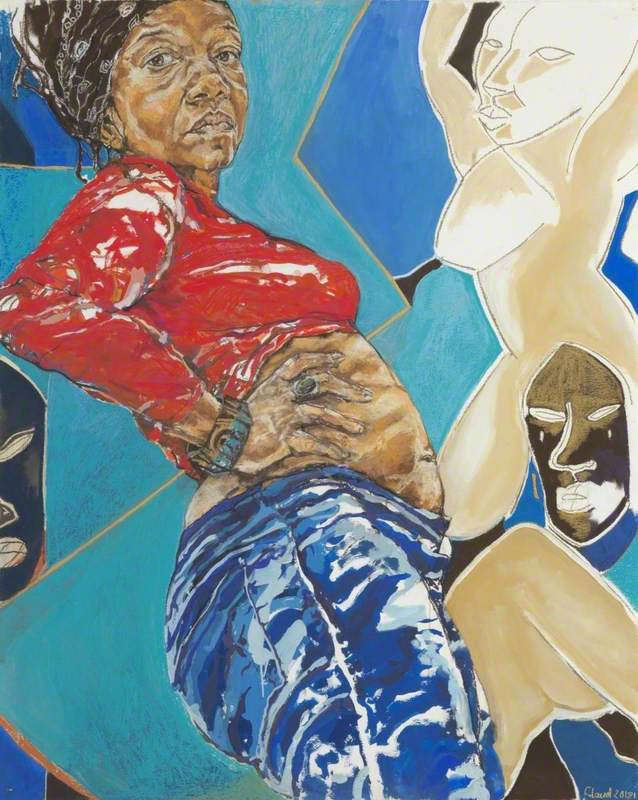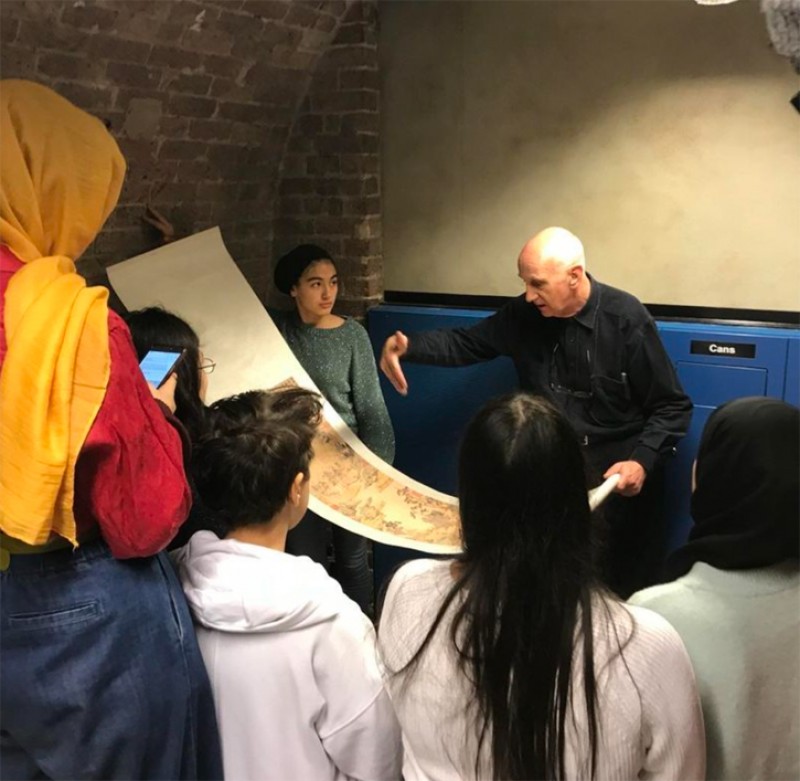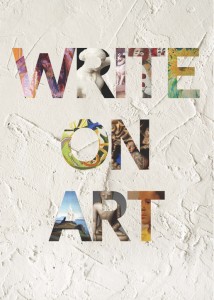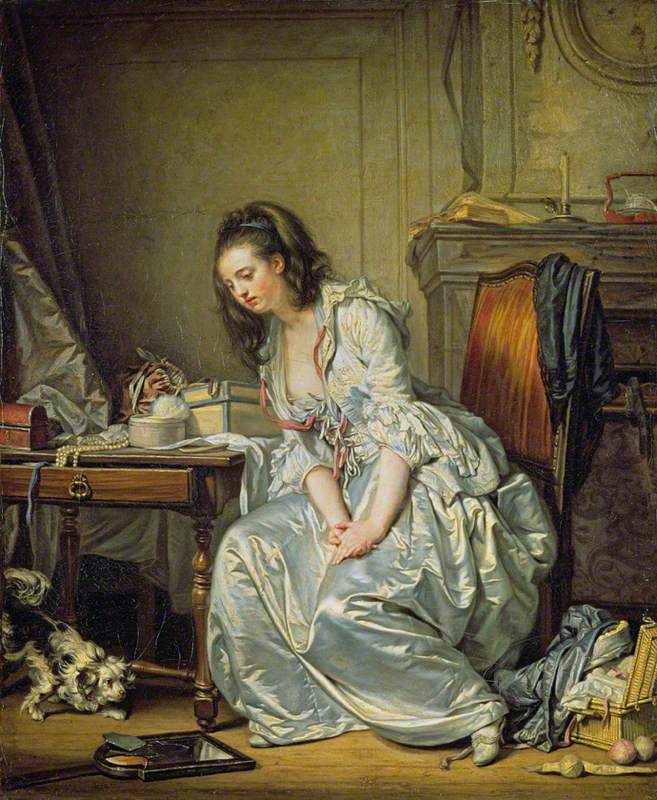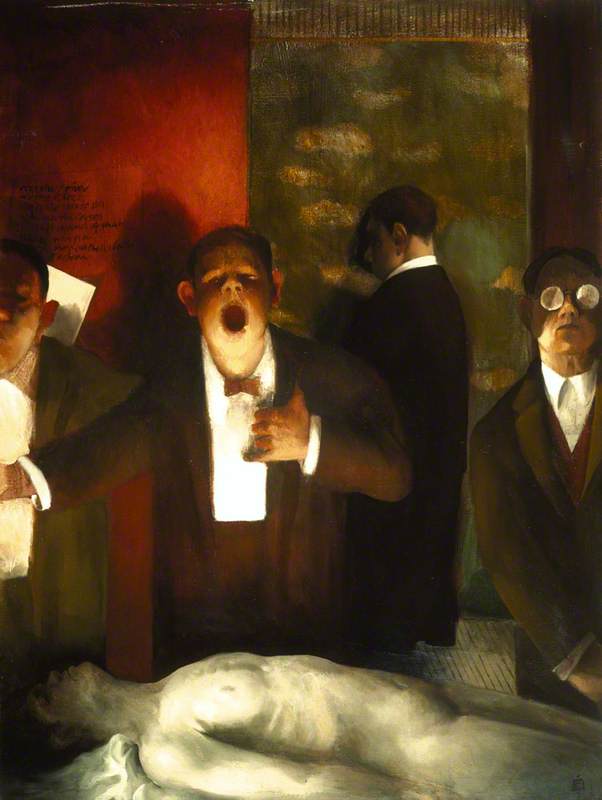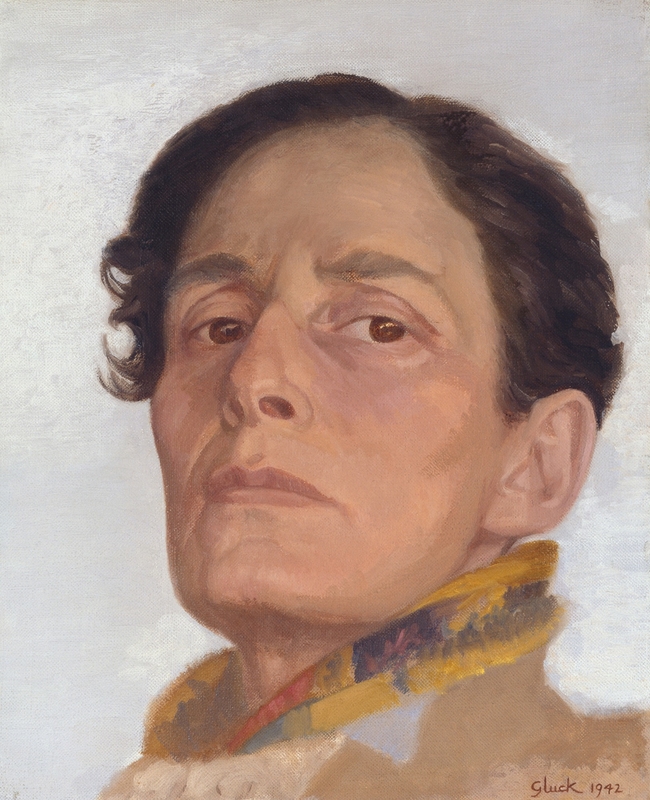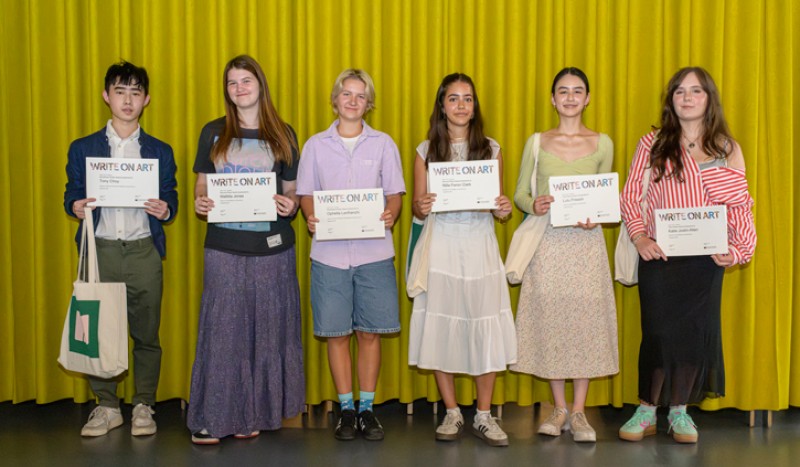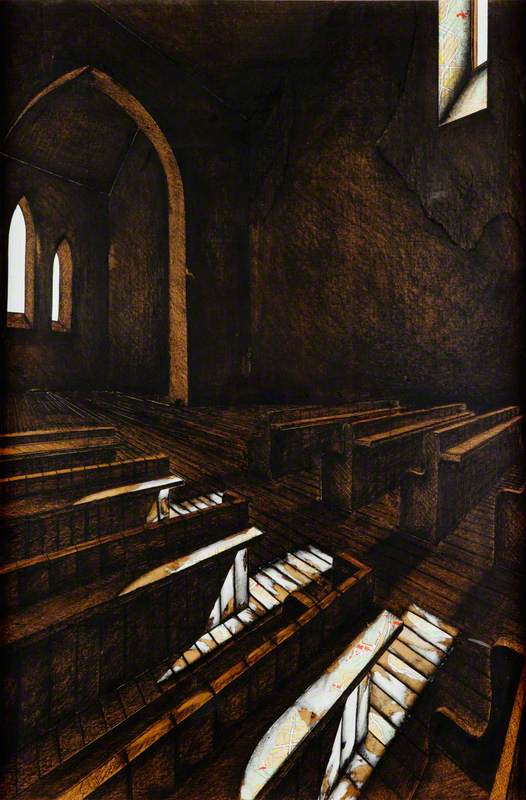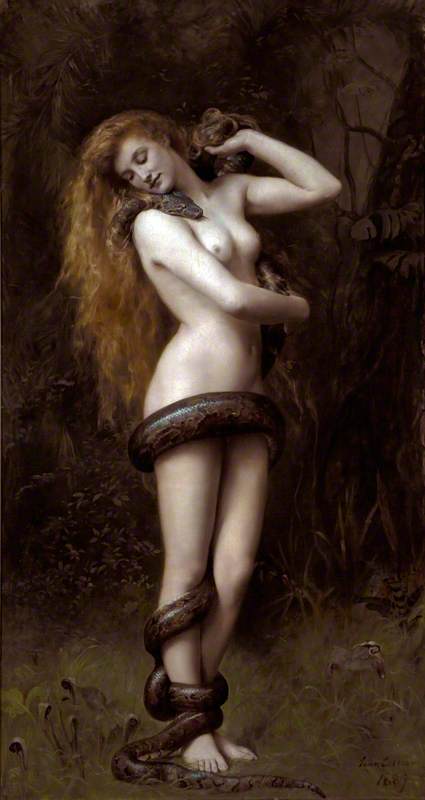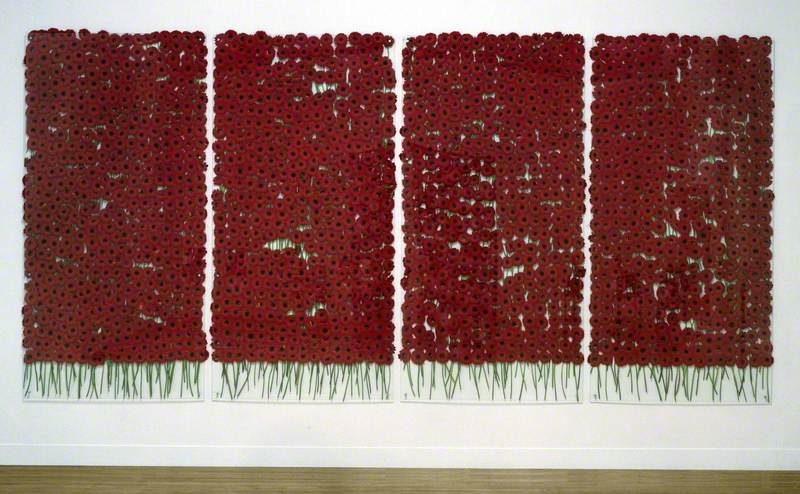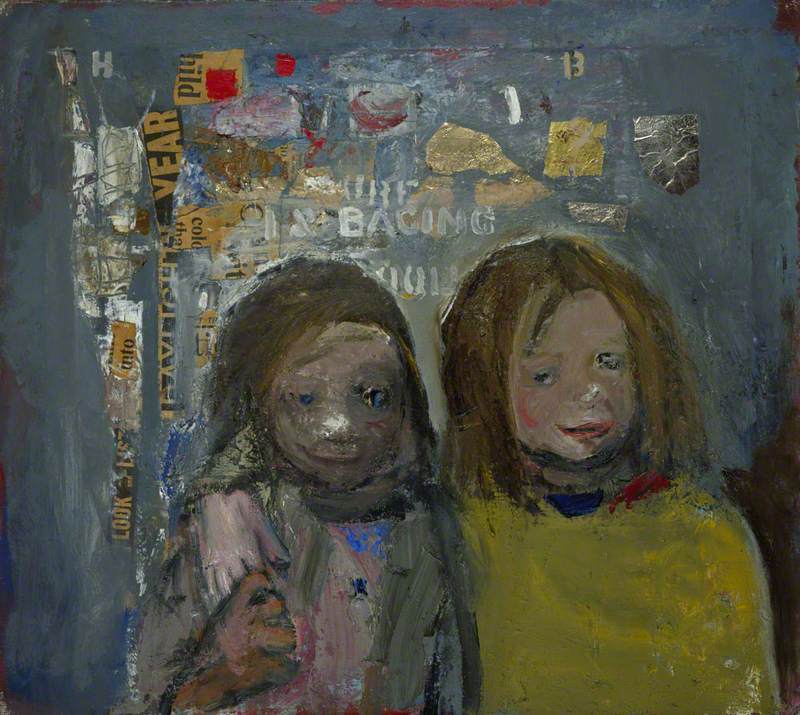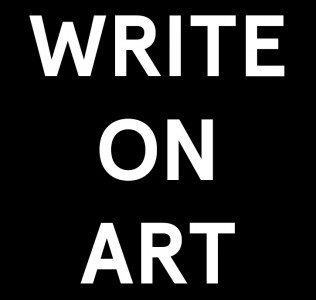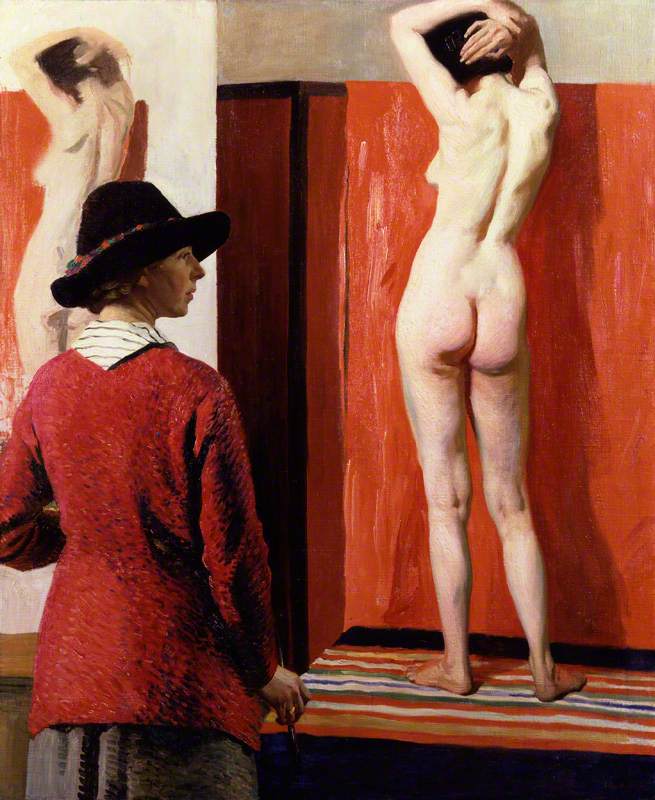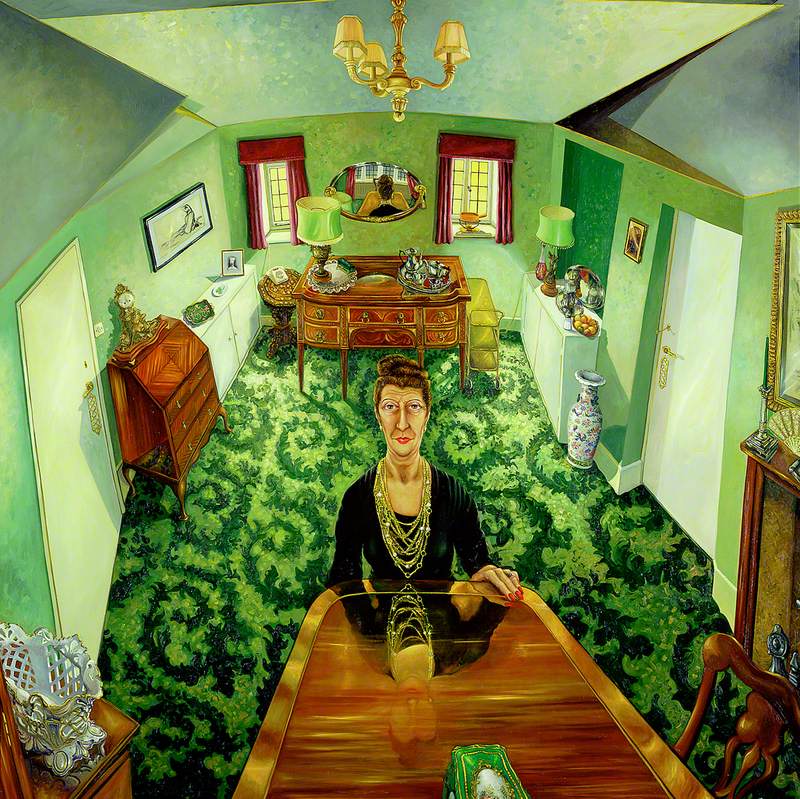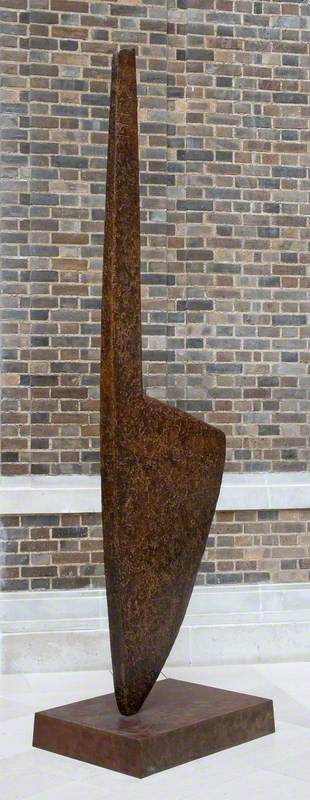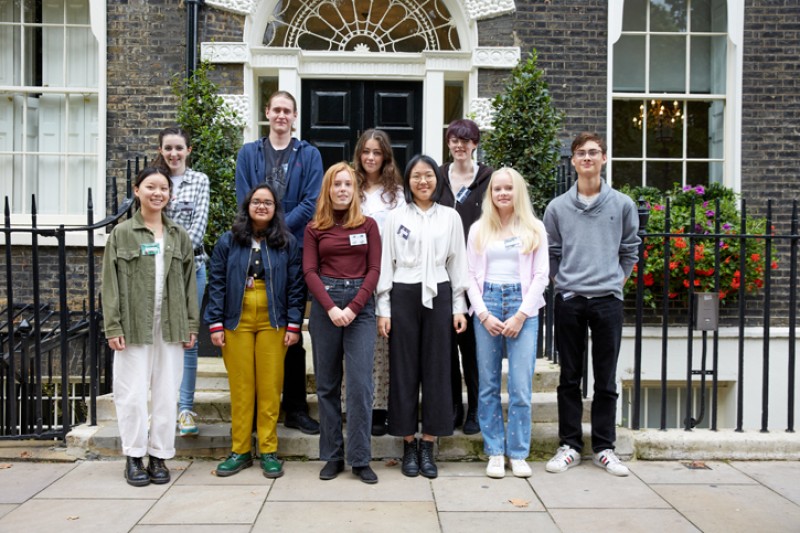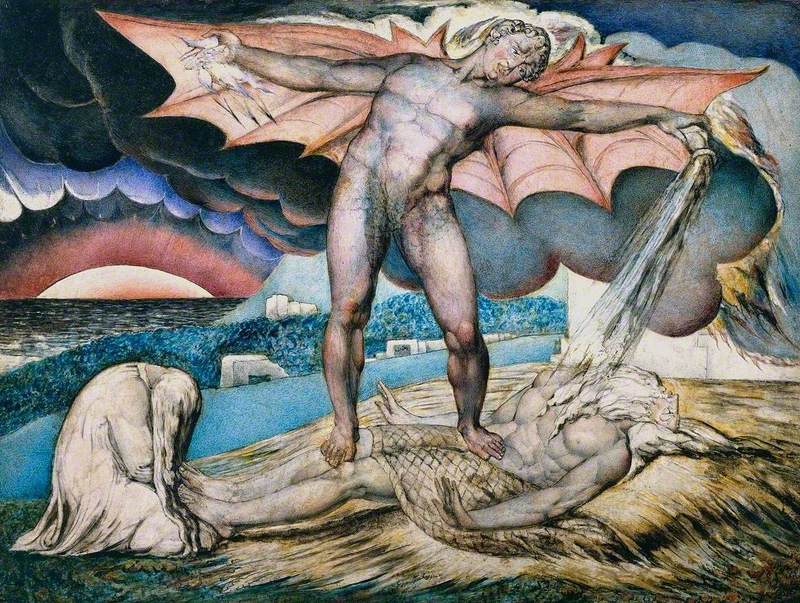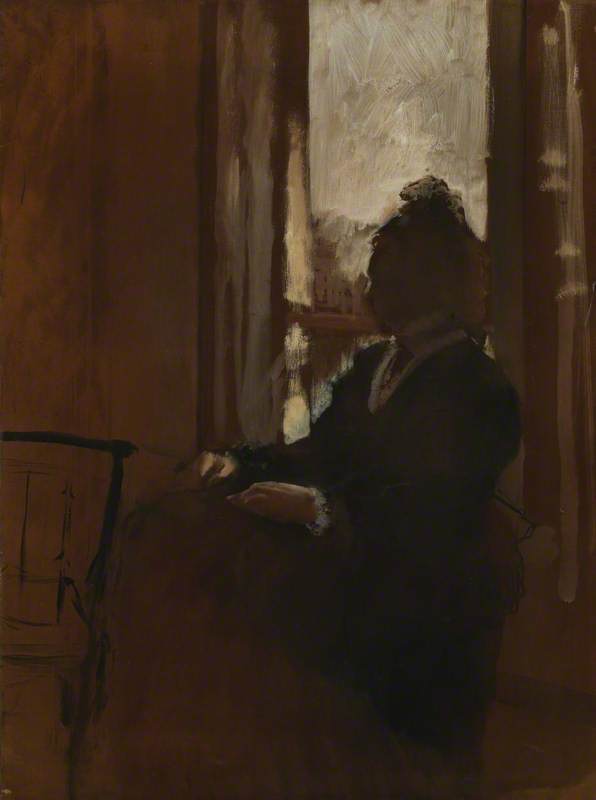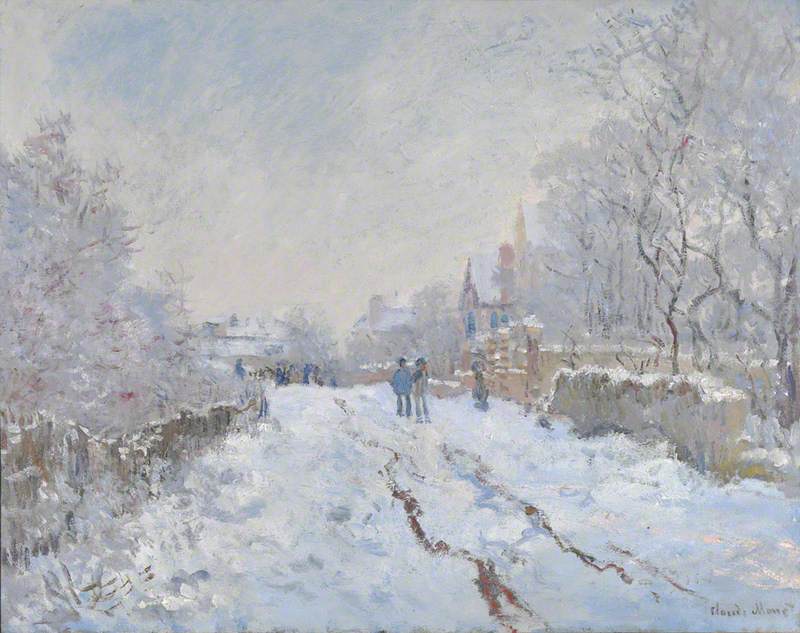This essay was written for the 2019 Write on Art prize, winning first place in the Year 12 & 13 category.
Blot: to create a mark or stain, is the principle idea that Doig explores in this portrait of his brother from 1993.
It is also a reference to the blotting paper that was once used to carry his LSD as a teenager. And so, with the collaboration between, essentially, the process of painting and recollection of his drug-fuelled days, he blurs the boundaries between the remembered and the fantasised to create Blotter.
Doig presents the lone adolescent wrapped up in his trendy coat, lost and lingering, transfixed by the scene beneath his feet. Incorporating fond memories of his snow-ridden days in Canada with the enchanting and surreal reflections on the frozen river surface, Doig has streaked and speckled using luminous pearls and violets; tight ringlets of ripples circle the figure, gradually loosening and oozing down into the abyss below.
Upon closer inspection, there seems to be a more chaotic translation of the pigments, despite the precise execution it suggests as a whole, with seemingly careless scratches, daubed-on impasto flecks of industrial white, that appear like fairy lights, and the subtle addition of intense black, emulating pricks and tears in the canvas.
Echoing the awe-inspired works of the sublime, Doig's brother acts as a scale for the immense landscape, allowing the viewer to feel equally absorbed in the hyper-real scenery. Further emphasising the engulfing nature of the painting is the actual size of the piece at over two and a half metres long and two metres wide.
However, whether it be because of, or despite, his vast surrounding, rather than appreciating what is around him, he stares down at his own reflection. Perhaps for a sense of security, nature being unpredictable, or even a disinterest. This could be a comment on the often unappreciative and egocentric nature of humans. Kierkegaard's quote 'Life can only be understood backwards' seems to resonate as the memory of the scene appears to have left a blot in Doig's memory to be recovered years on.
A contrast to the irregular and abstract forms on the river surface are the rigid trees surmounting the smudged belt of the snow-topped slope. The upright trees are interrupted by the falling branches, creating a disorderly, entangled background. Despite the action that encircles Doig's brother, there is a sense of stillness and serenity. This feeling of detachment from the scene is something Doig often incorporates into his work, of 'being attached to the Earth, but only just, like in a dream'. It also, according to the artist, captures the hallucinogenic experience of taking psychedelic drugs, the phenomenon of the mind being busy while the body is motionless. In that regard, the landscape represents the mind's overwhelming experience observing nature, further enhanced under the influence of drugs.
Hiraeth, a Welsh concept to describe a form of longing and nostalgia for an unknown place, is evoked as Blotter provides us with an ethereal experience, to look upon with complete wonder and even slight disbelief as we are whipped into the hazy memories of Doig's childhood. Like the paint that has soaked into the canvas, we too are drawn and 'soaked' into the mesmerising space, frozen and still like the landscape, into a contemplative trance.
Viola Turell
